Blogs & News
We are focus on automotive wiring harness & connectors technology.
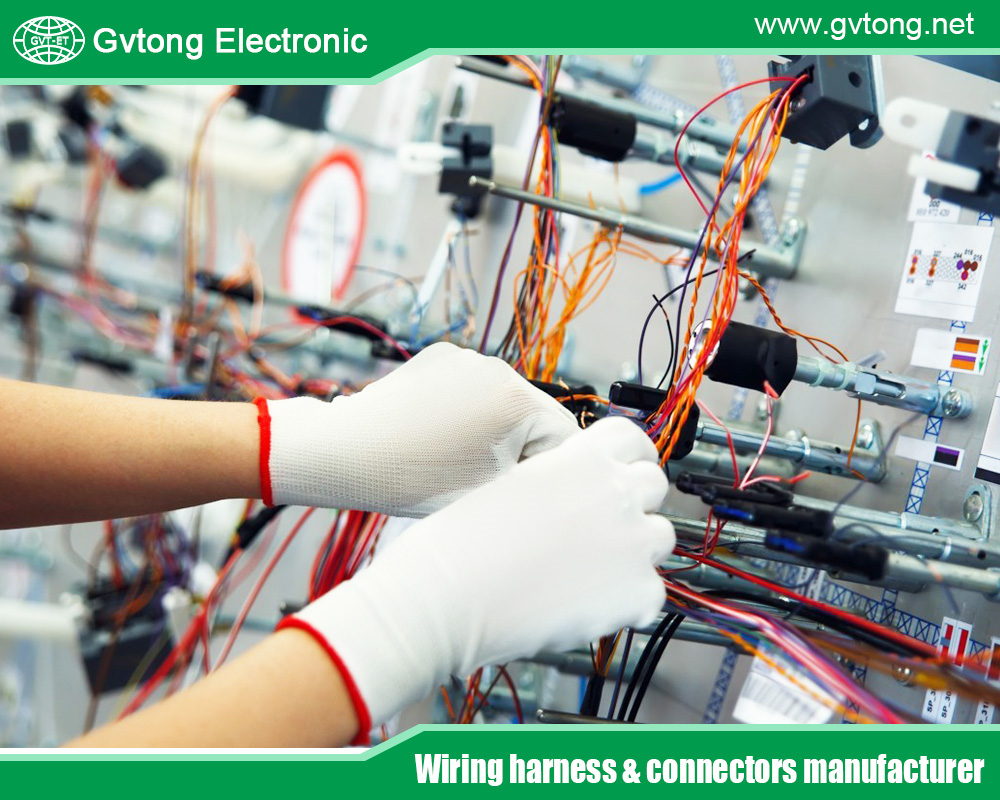
How to Choose the Right Seal for Your Vehicle Wiring Connections
- Gvtong Electronic
- 10-cavity connector manufacturer, 2 Pin Way Car Waterproof Electrical Connector, 2p 32p Automotive Connector Terminal Crimping, 3-cavity connectors supplier, Anti-vibration automotive connectors, automotive antenna connector, Automotive camera connector types, Automotive Camera Connectors, Automotive Camera Module Connectors, automotive connector, Automotive Connector and Cable Products, automotive connector manufacturer, automotive connectors and terminals, automotive low voltage electrical wiring connectors, automotive low voltage electrical wiring connectors in russia, automotive low voltage wiring connectors in russia, Automotive Low Voltage Wiring Harness, Automotive Wiring, automotive wiring connectors malaysia, automotive wiring hamess, Automotive Wiring Harness, Automotive Wiring Harness Companies, automotive wiring harness connectors and terminals, Automotive Wiring Harness Market, automotive wiring manufacturer, automotive wiring supplier, Best Automotive Wiring Harness Companies, Best Automotive Wiring Harness Companies Philippines, car wiring, car wiring factory, car wiring manufacturer, car wiring supplier, Electrical Wiring Connector Suppliers from Thailand, vehicle wiring, vehicle wiring connections, vehicle wiring factory, vehicle wiring manufacturer, vehicle wiring market, vehicle wiring supplier, vehicle wiring system
- No Comments
How to Choose the Right Seal for Your Vehicle Wiring Connections
Vehicle wiring connections are critical for ensuring reliable performance in automotive systems, from power distribution to data transmission in modern vehicles like electric vehicles (EVs) and autonomous cars. However, these connections are exposed to harsh environmental conditions—moisture, dust, extreme temperatures, and vibrations—that can compromise their integrity. Seals for wiring connections play a vital role in protecting these systems, ensuring durability, safety, and performance. Choosing the right seal is a complex decision that requires understanding application requirements, material properties, environmental factors, and industry standards. This article provides a comprehensive guide to selecting the appropriate seal for your vehicle wiring connections, covering key considerations such as seal types, material selection, environmental protection ratings, and compatibility with connectors. By exploring these factors, we aim to equip engineers, designers, and automotive professionals with the knowledge to make informed decisions for reliable and long-lasting wiring systems.
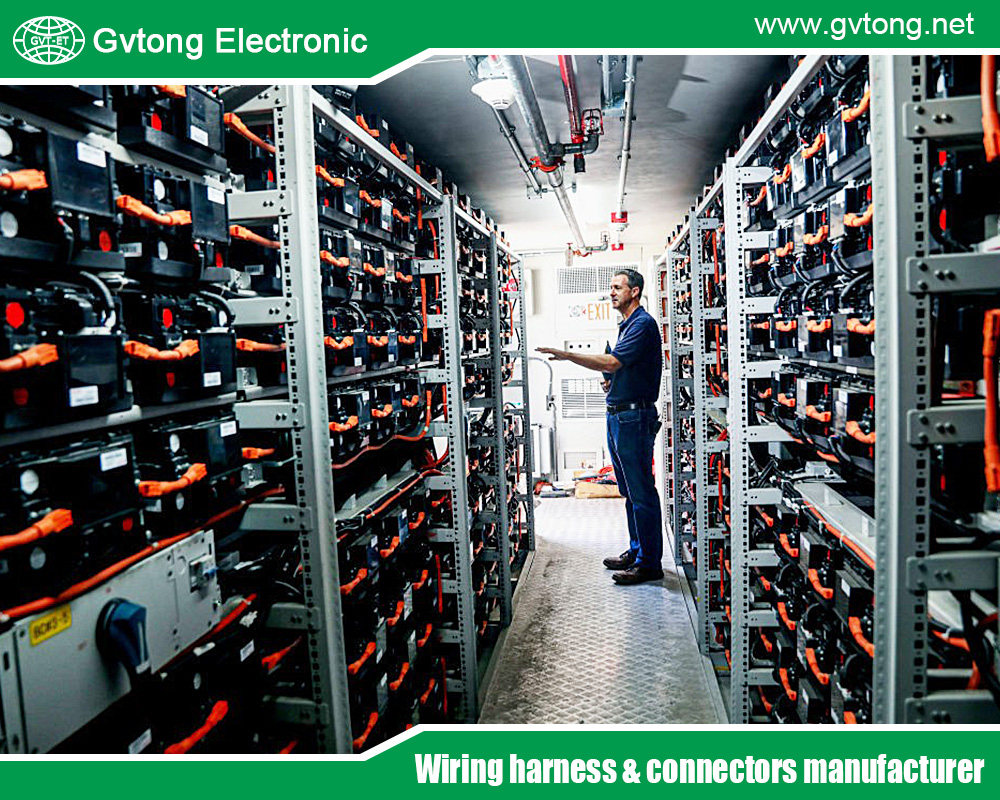
Outline of the Article
- Introduction
- Importance of seals in vehicle wiring connections.
- Challenges faced by wiring systems in automotive environments.
- Purpose: Guide to selecting the right seal for optimal performance.
- Understanding the Role of Seals in Vehicle Wiring (300 words)
- Function of seals: Preventing moisture, dust, and contaminant ingress.
- Impact of poor sealing on vehicle performance (e.g., corrosion, short circuits).
- Common applications: Engine compartments, battery packs, sensors, lighting systems.
- Types of Seals for Vehicle Wiring Connections (400 words)
- Grommets: Flexible seals for cable entry points.
- O-rings: Circular seals for connector housings.
- Gaskets: Flat seals for multi-pin connectors or enclosures.
- Overmolded seals: Integrated sealing solutions for custom applications.
- Comparison of seal types for different wiring needs.
- Key Factors in Choosing the Right Seal (600 words)
- Environmental Conditions: Temperature range, exposure to water, chemicals, or UV radiation.
- IP and NEMA Ratings: Understanding ingress protection (e.g., IP67, IP68) and its relevance.
- Material Selection: Silicone, rubber, fluoropolymers, and their properties (e.g., heat resistance, flexibility).
- Compatibility with Connectors: Matching seals to connector types and sizes.
- Mechanical Stress: Vibration resistance, pressure tolerance, and durability.
- Installation and Maintenance: Ease of assembly, reusability, and serviceability.
- Industry Standards and Certifications (300 words)
- Automotive standards (e.g., ISO 6722, SAE J1128 for wiring systems).
- Compliance with RoHS, REACH, and other environmental regulations.
- Importance of OEM specifications and testing requirements.
- Application-Specific Considerations (300 words)
- Electric Vehicles (EVs): High-voltage sealing requirements.
- Heavy-Duty Vehicles: Durability for extreme vibrations and temperatures.
- Autonomous Vehicles: Seals for sensor and data connectivity systems.
- Aftermarket vs. OEM applications: Balancing cost and performance.
- Common Mistakes to Avoid (200 words)
- Overlooking environmental exposure risks.
- Choosing incompatible materials or sizes.
- Ignoring long-term durability for short-term cost savings.
- Neglecting proper installation techniques.
- Conclusion (200 words)
- Recap of key considerations for selecting seals.
- Importance of balancing performance, cost, and reliability.
- Encouragement to consult with manufacturers and test seals for specific applications.
How to Choose the Right Seal for Vehicle Wiring Connections
In the fast-evolving automotive industry, vehicle wiring connections are the backbone of electrical and electronic systems, powering everything from engines to infotainment and advanced driver-assistance systems (ADAS). These connections face relentless challenges—moisture, dust, extreme temperatures, and vibrations—that can lead to corrosion, signal loss, or system failures. Seals for wiring connections are essential to protect these critical components, ensuring reliability and safety. Choosing the right seal involves evaluating environmental conditions, material properties, connector compatibility, and industry standards. This guide outlines the key factors to consider, helping automotive professionals select seals that deliver optimal performance and longevity in diverse vehicle applications.
Understanding the Role of Seals in Vehicle Wiring
Seals prevent environmental contaminants like water, dust, and chemicals from compromising wiring connections. In vehicles, unprotected connectors can suffer from corrosion, leading to electrical shorts or failures in critical systems like battery management or braking. For example, in electric vehicles (EVs), seals protect high-voltage connections in battery packs, ensuring safety and efficiency. Seals are used in engine compartments, exterior lighting, sensors, and wiring harnesses, each requiring specific protection based on exposure and function.
Types of Seals for Vehicle Wiring Connections
Several seal types cater to different wiring needs:
- Grommets: Flexible rubber or silicone seals that protect cables at entry points, ideal for wiring harnesses.
- O-rings: Circular seals for connector housings, offering reliable sealing in compact spaces.
- Gaskets: Flat seals for multi-pin connectors or enclosures, used in complex wiring systems.
- Overmolded Seals: Custom-molded solutions that integrate directly with connectors, common in EVs and rugged applications.
Each type suits specific applications, with grommets excelling in cable protection and O-rings ideal for high-pressure environments.
Key Factors in Choosing the Right Seal
Selecting the right seal requires careful consideration of multiple factors:
- Environmental Conditions: Assess exposure to water, extreme temperatures (-40°C to 150°C in engine compartments), and chemicals like oil or fuel. Silicone seals excel in high-temperature environments, while fluoropolymers resist chemical degradation.
- IP and NEMA Ratings: Ingress Protection (IP) ratings like IP67 (dust-tight, water-resistant up to 1 meter) or IP68 (submersible) guide seal selection. For example, IP68 seals are critical for EV battery packs exposed to water.
- Material Selection: Silicone offers flexibility and heat resistance, while EPDM rubber is cost-effective for general use. Fluoropolymers like PTFE are ideal for harsh chemical environments but are pricier.
- Connector Compatibility: Seals must match connector sizes and designs to ensure a tight fit. Mismatched seals can lead to leaks or installation issues.
- Mechanical Stress: Automotive seals must withstand vibrations and mechanical stress. For heavy-duty trucks, seals with high tensile strength are essential.
- Installation and Maintenance: Choose seals that are easy to install and, if necessary, reusable for maintenance. Overmolded seals reduce assembly time but may complicate repairs.
Industry Standards and Certifications
Seals must comply with automotive standards like ISO 6722 for wiring insulation and SAE J1128 for low-voltage cables. Compliance with RoHS and REACH ensures environmental safety, while OEM specifications may require specific testing for temperature cycling or vibration resistance. For example, seals for EVs often undergo rigorous testing to ensure high-voltage safety. Application-Specific Considerations
- Electric Vehicles: High-voltage connectors require seals with superior insulation and IP68 ratings to prevent arcing.
- Heavy-Duty Vehicles: Seals must endure extreme vibrations and temperatures, often using robust materials like fluorosilicone.
- Autonomous Vehicles: Sensor and data connections demand seals that maintain signal integrity under harsh conditions.
- Aftermarket vs. OEM: Aftermarket seals prioritize cost, while OEM seals focus on long-term reliability and compliance.
Common Mistakes to Avoid
Common pitfalls include underestimating environmental exposure, leading to seal failure, or choosing cheaper materials that degrade quickly. Incompatible seals or improper installation can compromise performance, while neglecting maintenance needs may increase long-term costs. Always test seals in real-world conditions to ensure reliability.
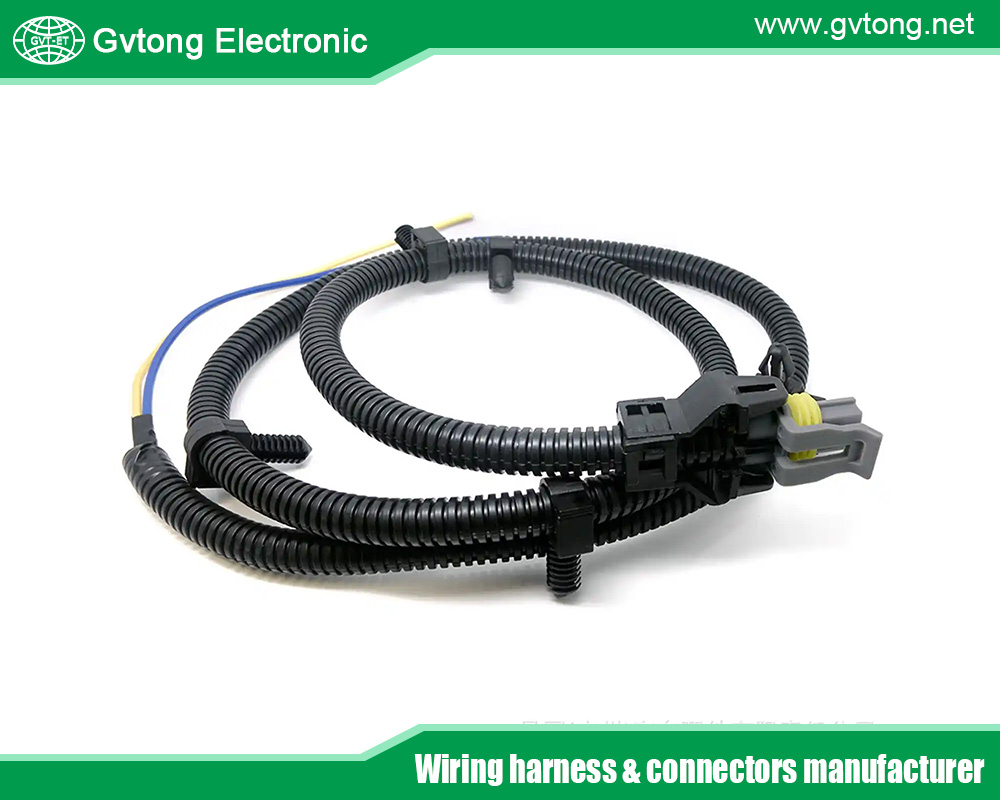
Conclusion
Choosing the right seal for vehicle wiring connections is a critical decision that impacts safety, performance, and durability. By evaluating environmental conditions, material properties, IP ratings, and application-specific needs, automotive professionals can select seals that meet rigorous demands. Consulting with manufacturers and testing seals in real-world scenarios ensures optimal performance. With the right seal, vehicle wiring systems can withstand the toughest conditions, powering the next generation of automotive innovation.
For more about how to choose the right seal for your vehicle wiring connections, you can pay a visit to Gvtong at https://www.gvtong.net/ for more info.
Recent Posts
The Best GR Series-Circular Connectors Manufacturer
The Best GD Series Combined Power Connector Manufacturer
A Guide to Selecting the Best GH Series Plastic Connector Manufacturer
How High Pressure Connectors Work?
The Best Automotive Connector Companies
Tags
Recommended Products
-
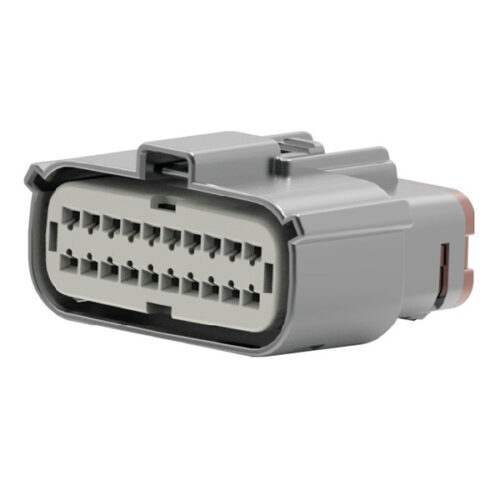
GE Series-20-core Low Voltage Connector
-
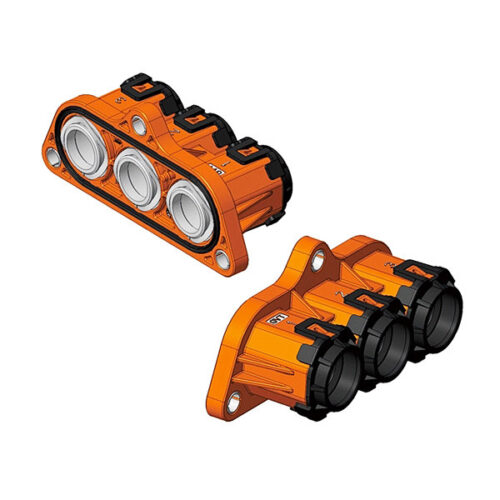
GVPT three-core wiring connector
-

GA Series-11-pin Aviation Connector
-

GH Serie-GMV3-2-core plastic high voltage connector
-

DCDC wall-through terminal
-
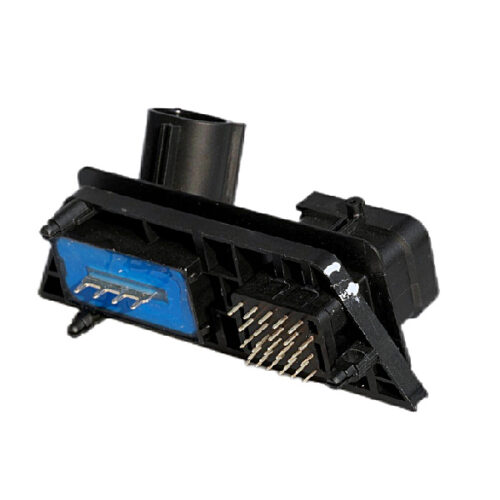
GE Series-33-core Signal Connector
-

GH800 Series-2-core plastic high voltage connector
-
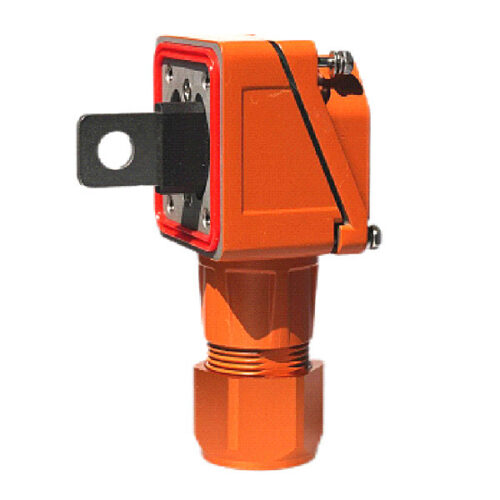
GM Series – Positive and negative junction box – inclined port
